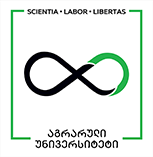The Success Story of Vasiko
19 July 2025
Vasiko, a feline patient, was presented to the Veterinarium Clinic with a femoral fracture of approximately 3-4 weeks in duration, classified as type 32B2. The cat had severe muscle atrophy due to pseudoarthrosis on the fractured limb.
A thorough physical examination was conducted by Natia Robakidze, clinical veterinarian and anesthesiologist. The assessment revealed dehydration, pale mucous membranes, prolonged capillary refill time, and tachycardia. Thoracic auscultation did not reveal any abnormal cardiac or respiratory sounds.
Diagnostic work-up included a complete blood count (CBC), biochemical profile, and electrolyte analysis, all conducted in the clinic’s laboratory. Results confirmed the presence of critical anemia.
Subsequently, Natia performed a detailed abdominal and cardiac ultrasound examination. A small volume of free fluid was identified in the abdominal cavity, but no structural or functional cardiac abnormalities were detected.
In light of Vasiko’s compromised clinical condition, the anesthetic risk was deemed significantly elevated. Therefore, surgical intervention was postponed to allow for patient stabilization. This case underscores the essential role of comprehensive pre-anesthetic evaluation in identifying high-risk patients and ensuring optimal anesthetic outcomes.
Based on the diagnostic findings, Natia Robakidze, together with fellow clinical veterinarian Nino Kushitashvili, formulated an intensive care plan tailored to Vasiko’s condition. He remained hospitalized at the Veterinarium Clinic, where he underwent continuous monitoring and daily therapeutic intervention.
Serial CBCs were performed to monitor hematologic response. By day five, clinical improvement was observed. However, complete stabilization had not yet been achieved, and the anemia persisted.
Given the nature and chronicity of the fracture, surgical repair was deemed essential. With partial clinical improvement and anesthetic risks re-evaluated, osteosynthesis was performed using a combination of two titanium locking plates. The procedure was successfully carried out by Lasha-Giorgi Japaridze, Chief Veterinarian and Head of the Surgical Department at the Veterinarium.
Anesthesia was administered without complications, owing to the individualized anesthetic protocol developed by Natia Robakidze, who had been actively involved in the patient's treatment plan from the outset.
Vasiko recovered well from surgery and continued to receive post-operative supportive care in accordance with the established therapeutic plan. At present, he is in stable condition and no longer faces any immediate life-threatening risks.
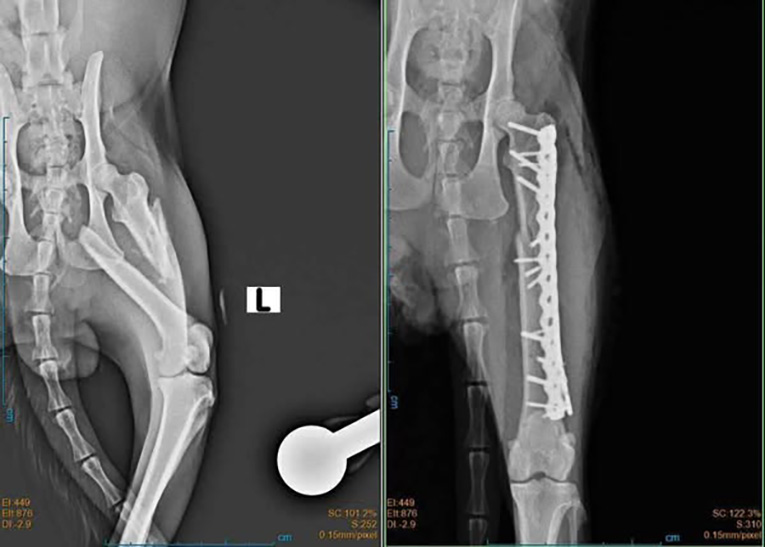
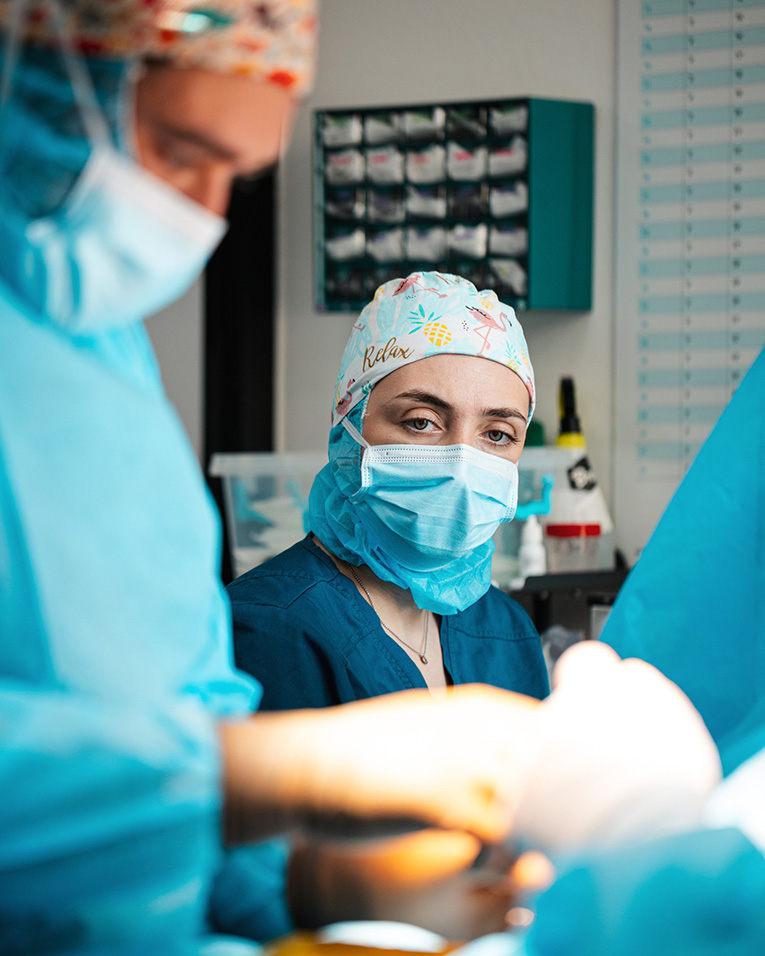
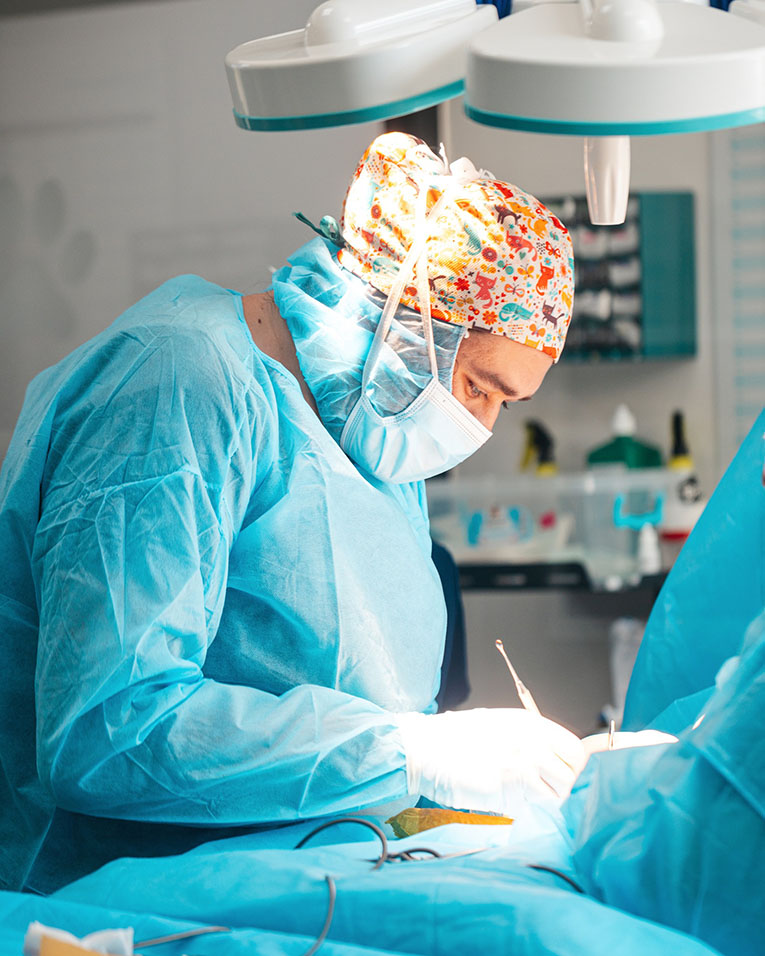
Similar news

21 July 2025
სალომე ბადიაშვილი შეირჩა HLAB 2025 საზაფხულო პროგრამის Global-Side Mentor-ად

20 July 2025
სტერილიზაციის მეთოდები ვეტერინარიუმის კლინიკაში

12 July 2025
Veterinarium Clinic uses the Vetina ES3 for gastroscopy
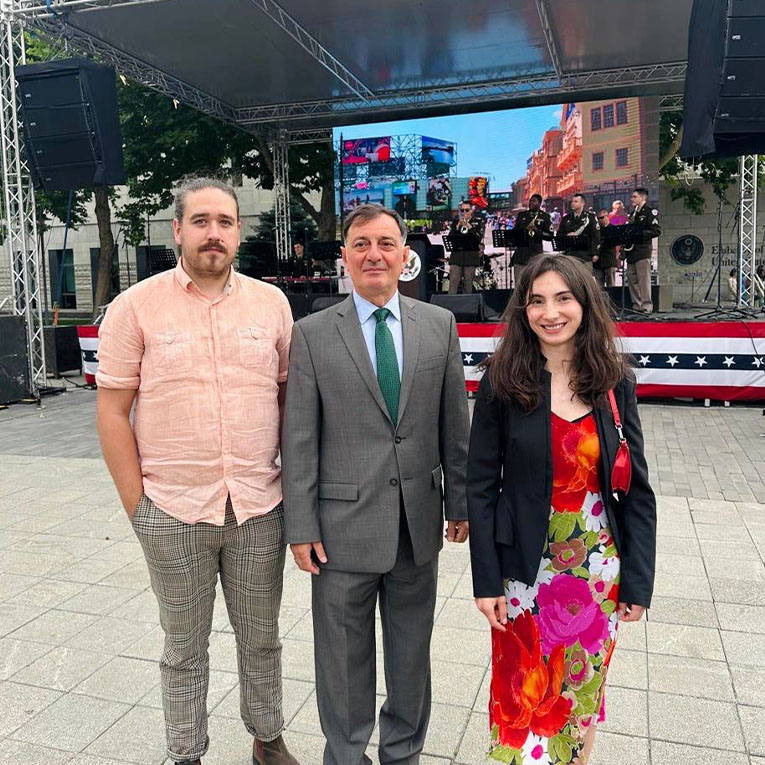
03 July 2025
ამერიკის დამოუკიდებლობის დღისადმი მიძღვნილი ოფიციალურ მიღება

30 June 2025
